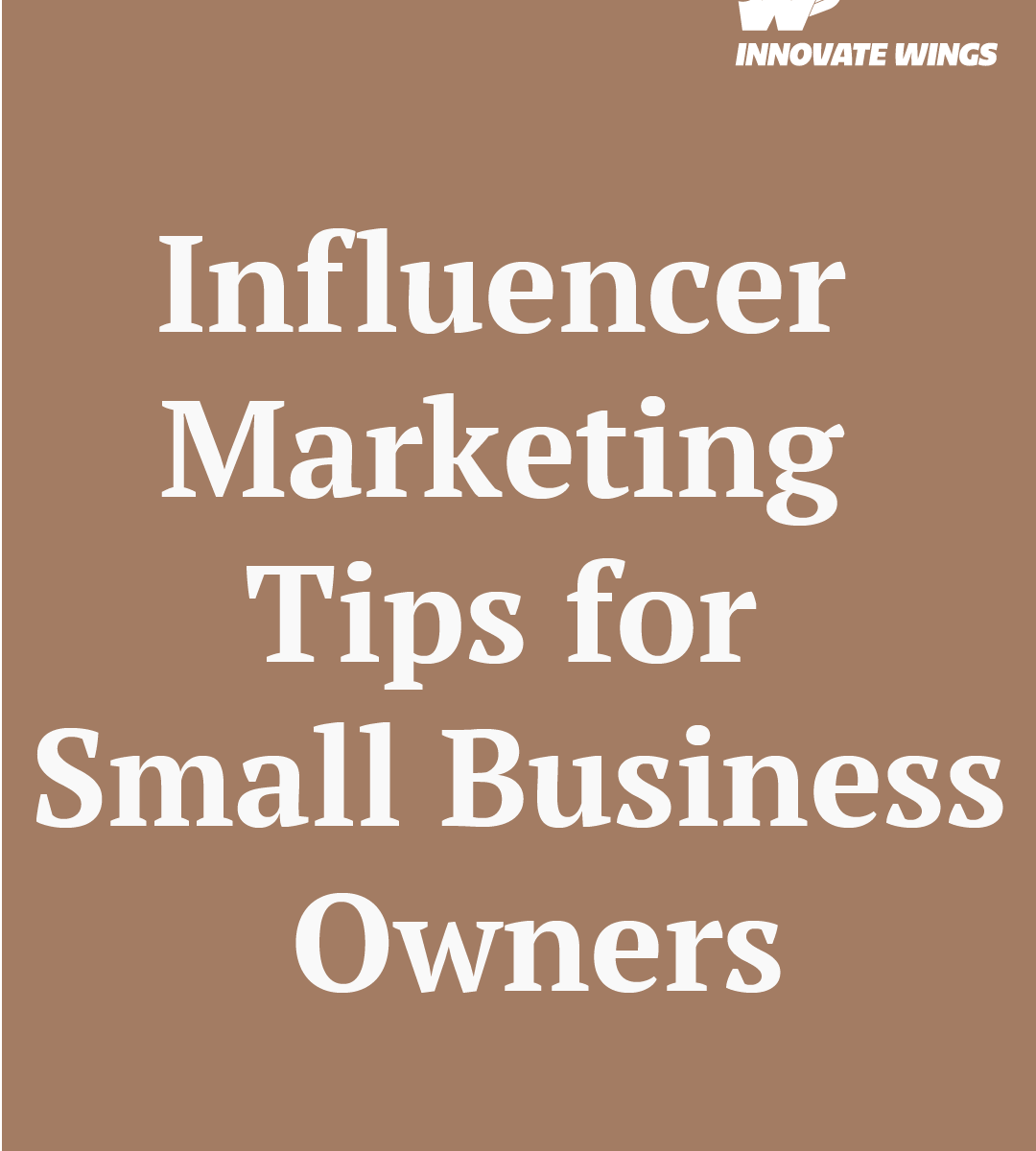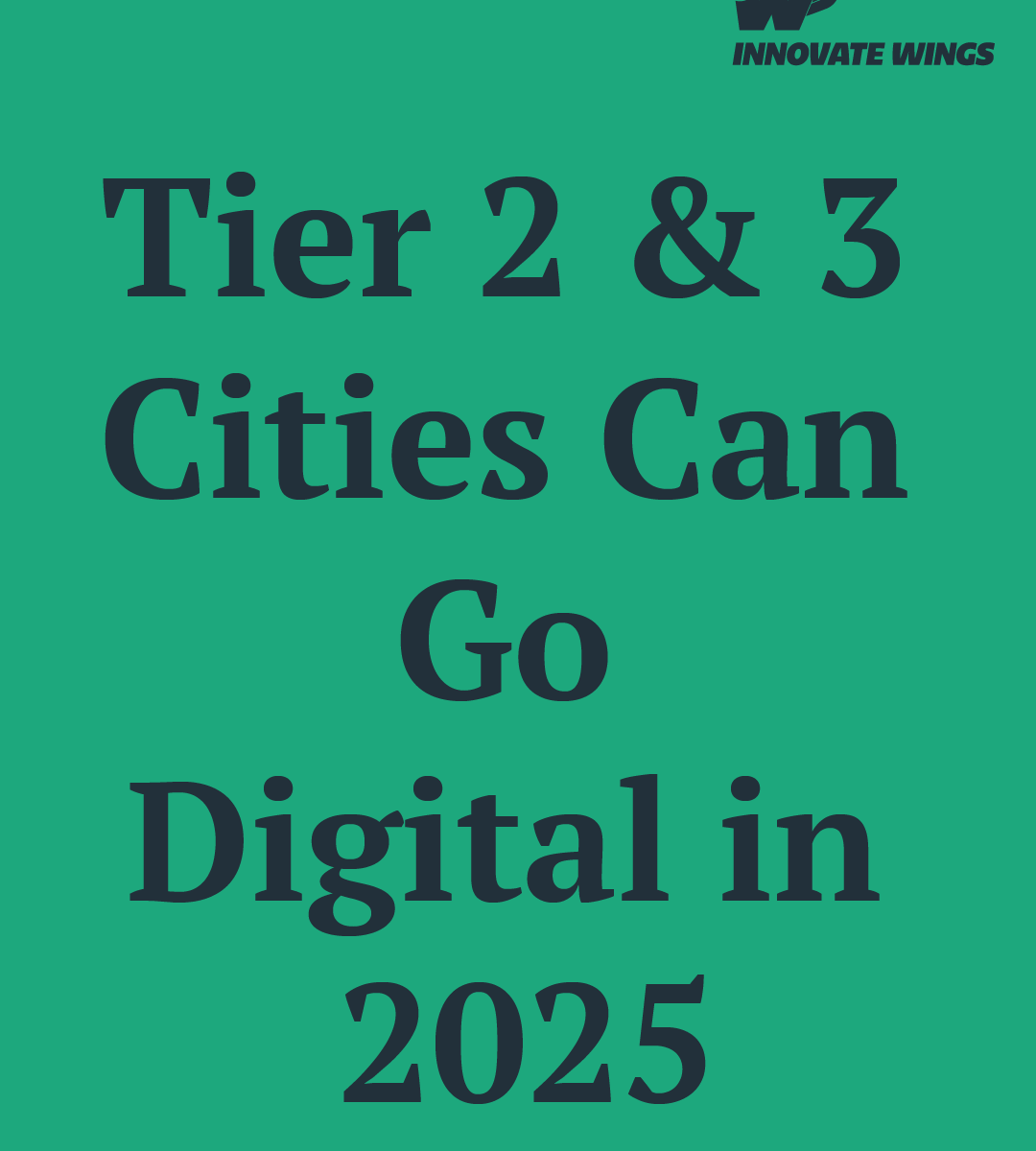You’ve launched your new business—a snappy Kirana in Mumbai’s Andheri, a trendy boutique in Jaipur’s Malviya Nagar, or a cozy café in Ranchi’s Circular Road—and the excitement is real. But where are the customers? Getting your first 1,000 customers is the make-or-break moment for any new MSME. In 2025, with customers scrolling Instagram, Googling “near me,” and shopping online, you can’t just wait for walk-ins. You need a plan to get first customers and increase customer base fast. No big budget or marketing degree? No worries! This guide lays out a small business marketing 2025 roadmap to drive business growth in digital adoption Tier cities and help you compete in Tier 1 markets like Delhi or Bangalore. Want to dive deeper into selling on social media? Check out our previous post, How MSMEs Can Leverage Social Commerce for Higher Sales, for tips on platforms like Instagram. Ready to hit 1,000 customers? Let’s roll! 🌟
Why Your First 1,000 Customers Matter 💡
Those first 1,000 customers aren’t just sales—they’re your proof of concept, your cheerleaders, and your path to stability. In 2025, 80% of consumers in digital adoption Tier cities discover new businesses online, per Google’s 2025 Consumer Insights report. Without a strategy to get first customers, you’re invisible:
The Stakes: A Nagpur startup lost $60,000 by failing to attract early customers, per a 2025 case study.
The Win: A Bhubaneswar café hit $100,000 in sales by nailing its first 1,000 customers.
Get first customers with a phygital business model—blending physical and digital channels—to boost e-commerce for small businesses and increase online visibility. Here’s your step-by-step plan to make it happen.
Your 5-Step Plan to Get Your First 1,000 Customers 📋
Step 1: Nail Your Online Presence
Customers won’t find you if you’re not online. Start with a Google Business Profile—it’s free, takes 15 minutes, and puts you on Google Maps and searches. In Tier 3 cities like Ranchi, 72% of searches are “near me,” per Google’s 2025 data. Add your shop’s name, hours, photos, and a WhatsApp link. Next, set up Instagram: Post product pics or quick Reels to grab attention. A Mumbai Kirana gained 300 customers in a month with a Google profile. Pro move: Link your Instagram to a simple website for credibility—more on that in our previous post, How MSMEs Can Leverage Social Commerce for Higher Sales. Need help? Local marketing specialists can boost your local business marketing.
Step 2: Offer a Can’t-Miss Deal
Who can resist a steal? Launch a limited-time offer—think “Buy 1, Get 1 Half-Price” or “First 100 Customers Get 20% Off.” Promote it on Instagram Stories, WhatsApp groups, and your Google profile. In 2025, 65% of shoppers try new businesses for discounts, per a HubSpot report. Make it urgent: Use phrases like “This Week Only!” A Jaipur boutique’s “First 50 Customers Free Gift” deal brought in 400 customers. Pro move: Collect emails during checkout for future campaigns. A digital marketing agency for MSMEs can craft deals to drive business growth.
Step 3: Tap into Local Communities
Your neighbors are your first fans. Join local WhatsApp groups or Facebook community pages in your city—think “Bhubaneswar Foodies” or “Nagpur Shoppers.” Share your offer or a quick intro about your business (e.g., “New café in Ranchi—try our ₹50 coffee!”). Be genuine: Engage with comments and avoid spamming. A 2025 NASSCOM survey shows 60% of MSMEs gain early customers through community outreach. A Delhi café added 250 customers via local groups. Pro move: Partner with a nearby business for a joint promo. Growth marketing experts can amplify your increase customer base efforts.
Step 4: Leverage Low-Cost Ads
You don’t need a big ad budget to get first customers. Try Instagram or Google Ads with just ₹500–₹1,000 a month. Target local audiences—say, “women aged 18–35 in Mumbai” for your boutique. Use eye-catching visuals and a clear call-to-action like “Shop Now!” In 2025, MSMEs spending ₹1,000/month on ads saw 25% customer growth, per a McKinsey report. A Ranchi Kirana’s ₹500 Instagram ad brought in 200 customers. Pro move: Track ad performance with free tools like Google Analytics. Online visibility consultants can optimize your small business marketing 2025 ads.
Step 5: Turn Customers into Advocates
Your first customers can bring more. Encourage reviews and referrals: Ask happy customers to post a Google review or share your Instagram post. Offer a small incentive, like “Refer a friend, get 10% off.” In 2025, 70% of consumers trust reviews before buying, per a Nielsen report. A Coimbatore café’s referral program added 350 customers. Pro move: Send a thank-you email with a discount code to keep them coming back, tapping into your interest in email marketing. Phygital marketing experts can build a phygital business model for loyalty.
Proof It Works: Real MSME Wins 🏆
MSMEs are hitting their first 1,000 customers with these tactics. A Mumbai snack stall used Google profiles and Instagram Reels to gain 1,200 customers, earning $120,000 in 2025. A Jaipur repair shop offered a “First 100 Free Checkup” deal, hitting 1,000 customers in three months. Meanwhile, a Bhubaneswar boutique that stuck to walk-ins lost $70,000. These stories prove you can get first customers and increase customer base with e-commerce for small businesses.
Why This Matters in 2025 🌍
In 2025, digital adoption Tier cities drive 48% of India’s e-commerce market, up from 34% in 2020, per a 2025 industry analysis. Tier businesses featured in Tier 1 markets like Bangalore show MSMEs can thrive by reaching customers online. Social commerce is a great start—our previous post, How MSMEs Can Leverage Social Commerce for Higher Sales, dives into Instagram and WhatsApp tactics—but a broader strategy is key to get first customers. Weak efforts, like those email subject lines we discussed (April 17, 2025), won’t cut it. Small business marketing 2025 demands action to drive business growth.
Hit 1,000 Customers—Team Up with Experts! 🤝
Your new business has the spark, and these steps to get first customers are your fuel to increase customer base. Don’t go it alone—partner with a digital marketing agency for MSMEs or growth marketing experts to supercharge e-commerce for small businesses. From Google profiles to Instagram ads to email campaigns, they’ll help you increase online visibility and compete in Tier 1 markets. Connect with local marketing specialists or online visibility consultants today to ignite small business marketing 2025. Your first 1,000 customers are waiting—go get them! 🌟
















